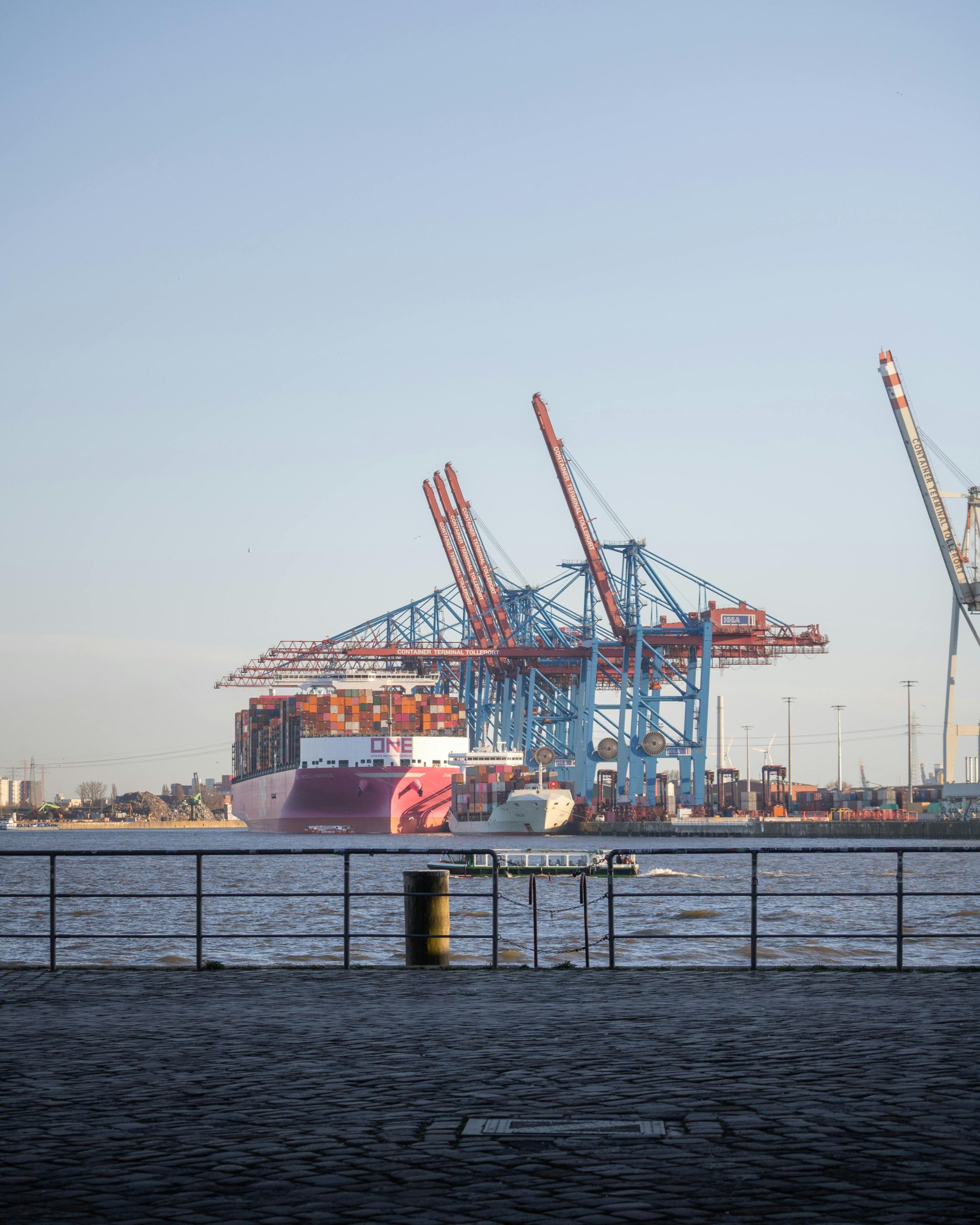Economic Reforms Target Forex Gap As Oil Prices Dip
After four months of consistent decline, there are early signs that Nigeria’s foreign exchange reserves are beginning to stabilise. At the heart of the issue has been a significant drop in global oil prices, which fell by more than 16% since the beginning of the year—down from $73.29 per barrel in January to $62.78 by the end of May. This sharp decline has taken a toll on Nigeria’s external reserves, which slipped to $37.9 billion by April’s end.
The slump in oil prices can be traced back to decisions by OPEC+—a coalition of major oil-producing nations including Russia—to increase output by nearly one million barrels per day between April and June. This move added to an already uncertain market, further pressured by ongoing geopolitical tensions and a brewing tariff war led by the United States.
For Nigeria, where oil accounts for over 90% of foreign exchange earnings, these changes posed a serious economic threat. The country’s oil production has been inconsistent throughout the year—averaging 1.54 million barrels per day in January but dropping to just 1.4 million in March before a slight recovery in April. As a result, the nation’s reserves took a hit, falling by 5.91% from $40.88 billion in January to $38.47 billion by the end of May.
However, there’s a glimmer of hope.
Since mid-April, Nigeria’s reserves have started to climb, inching from $37.93 billion to $38.46 billion by the end of May. This turnaround comes as the Central Bank of Nigeria (CBN) steps up efforts to cushion the effects of global market volatility. CBN Governor Olayemi Cardoso has outlined a set of strategic reforms focused on boosting local production and reducing the economy’s dependency on imports.
Drawing inspiration from China’s export-driven growth model, Cardoso is encouraging Nigerian businesses to prioritise value-added exports, particularly in high-growth sectors such as agriculture, manufacturing, and the creative industries. According to him, Nigeria’s flourishing creative sector—spanning music, film, and digital content—has the potential to generate as much as $25 billion annually.
Another major focus is the telecommunications sector. During a recent meeting with Airtel Africa’s management, Cardoso called for a shift toward local manufacturing of telecom inputs like SIM cards, cables, and towers. These backward integration measures, he explained, would help conserve foreign exchange, create jobs, and reinforce economic stability.
Airtel’s Group CEO, Sunil Taldar, welcomed the CBN’s reforms, expressing support for increased local sourcing and reaffirming the company’s commitment to using technology to drive financial inclusion.
The CBN’s interventions appear to be restoring confidence in the market. Analysts report that foreign portfolio investors are once again showing interest in Nigeria’s FX market, encouraged by greater transparency, a more efficient FX framework, and improving macroeconomic conditions.
Meanwhile, Nigeria’s telecommunications sector is showing strong signs of recovery. Subscriber numbers rose by 3.2% in December 2024, reaching 164.93 million active lines following the conclusion of the NIN-SIM linkage exercise. Internet subscriptions also increased, with over 139 million users connected.
MTN Nigeria maintained its lead with over 84 million subscribers, followed by Airtel with nearly 57 million. Industry experts anticipate further growth, driven by SIM reactivation campaigns and improved network services.
As Nigeria navigates the uncertainties of global oil markets, its efforts to build a more resilient, self-sustaining economy are beginning to take shape. By focusing on local capacity, export-led growth, and strategic sectors, the country may well be turning a corner toward more stable financial footing.
Source: Punchng


